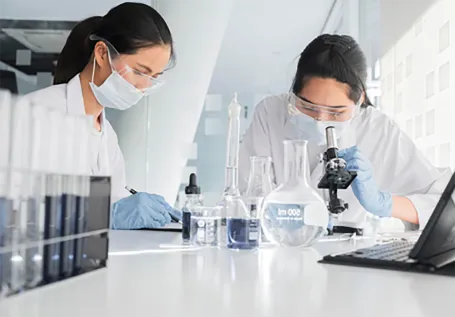The Development, Manufacturing, and Regulation of Active Pharmaceutical Ingredients
Active Pharmaceutical Ingredients (APIs) are the cornerstone of pharmaceutical products. They are the biologically active components that provide therapeutic effects in drugs. The development, manufacturing, and regulation of APIs play a critical role in ensuring drug safety, efficacy, and availability to patients worldwide.
Development of Active Pharmaceutical Ingredients
The development of APIs involves several stages, beginning with the discovery of new compounds. This process typically starts in the laboratory, where researchers identify potential active compounds through high-throughput screening, computational modeling, and other innovative techniques. Following the discovery phase, these compounds undergo extensive preclinical testing to evaluate their pharmacological properties, toxicity, and potential therapeutic effects.
Once a compound shows promise, it enters the clinical trial phase, which is divided into several phases to test its safety and efficacy in humans. The goal is to gather sufficient data to support a New Drug Application (NDA) to regulatory bodies like the U.S. Food and Drug Administration (FDA) or the European Medicines Agency (EMA). The development process is complex and may take years, involving collaborations among chemists, biologists, pharmacologists, and data analysts to refine the API before it can be manufactured at scale.
Manufacturing of Active Pharmaceutical Ingredients
The manufacturing process of APIs is meticulous and must adhere to stringent quality standards to ensure consistency and reliability. APIs can be synthesized through various methods including chemical synthesis, fermentation, and biotechnological processes. Each method presents unique challenges and advantages, depending on the specific characteristics of the API.
Good Manufacturing Practices (GMP) are crucial in API production. These guidelines ensure that processes are consistently controlled and that the quality of APIs meets required specifications. The facilities and equipment used for manufacturing must be properly maintained and validated, and employees must be trained to follow standardized operating procedures to minimize the risk of contamination or errors.
active pharmaceutical ingredients development manufacturing and regulation

The manufacturing of APIs is often situated in different countries, leading to a complex global supply chain. This globalization presents challenges related to quality control, regulatory compliance, and risk management. As such, companies must be vigilant in partnering with reputable suppliers and continuously monitor the supply chain to ensure that all components of their production adhere to GMP standards.
Regulation of Active Pharmaceutical Ingredients
Regulatory oversight is fundamental to the development and manufacturing of APIs. Regulatory agencies like the FDA and EMA set forth comprehensive guidelines and standards to ensure the safety, efficacy, and quality of pharmaceutical products. These regulations require detailed documentation at every stage of API development and manufacturing, from initial discovery to final production.
Before an API can be approved for use, it is subjected to a rigorous evaluation process including audits of manufacturing facilities, examination of production practices, and review of clinical trial data. Regulatory bodies also monitor ongoing compliance post-approval, requiring companies to report any changes in manufacturing processes or unexpected adverse effects associated with the API.
Furthermore, there is an increasing focus on the sustainability and environmental impact of API manufacturing. Regulatory agencies are beginning to require more transparency regarding the environmental practices of manufacturers, promoting a shift toward greener and more sustainable processes.
Conclusion
The development, manufacturing, and regulation of Active Pharmaceutical Ingredients are integral to the pharmaceutical industry. They ensure that drugs are safe, effective, and of the highest quality. As technology and science continue to evolve, so too will the practices surrounding API development and manufacturing, further enhancing our ability to provide effective treatments to patients globally. The collaborative efforts of scientists, manufacturers, and regulatory bodies are crucial for advancing pharmaceutical innovations while safeguarding public health.

